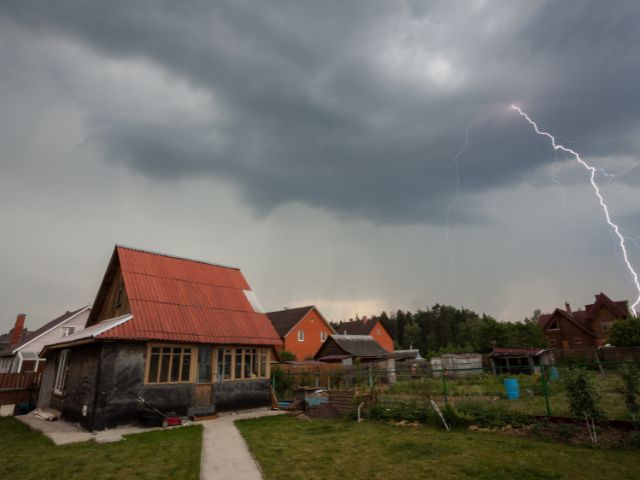Power surges may seem like a fleeting inconvenience, but frequent electrical surges are a glaring signal of deeper, potentially dangerous issues in your home or building’s electrical system. Ignoring them could lead to property damage, costly repairs, and serious safety hazards. At Electricians Service Team, we’ve seen firsthand how overlooked signs escalate into avoidable disasters. Below, we detail the eight critical warning signs of frequent power surges that demand immediate attention.
1. Flickering or Dimming Lights – A Subtle Yet Serious Indicator
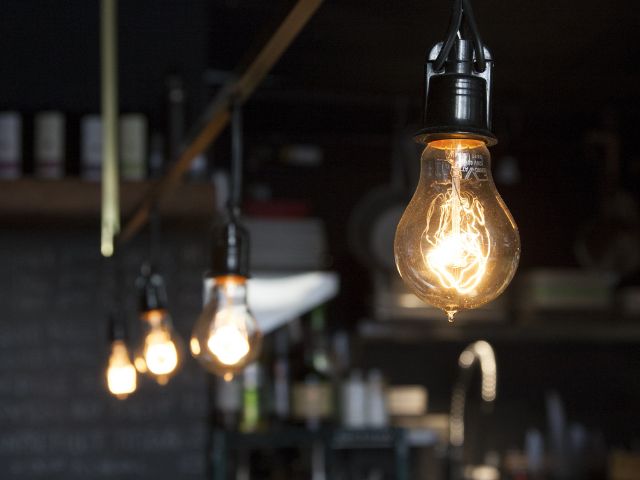
If your lights flicker or dim without warning, especially when appliances start or shut down, you may be experiencing recurring power surges. These voltage fluctuations strain your lighting system, indicating electrical instability in your circuitry. When this occurs frequently, it suggests inconsistent current flow—often caused by faulty wiring or overloaded circuits.
Key Tip: Consistent dimming of lights when using high-powered devices such as microwaves or HVAC systems is a telltale sign your home’s electrical system is under stress.
2. Devices Randomly Powering Off or Resetting
Power surges cause brief spikes in voltage, which can overwhelm sensitive electronics like computers, routers, TVs, or gaming consoles. If your devices restart on their own or turn off unexpectedly, it’s not just an annoyance—it’s a red flag. Internal components degrade over time with repeated surges, eventually leading to total device failure.
Protective Measure: Invest in high-quality surge protectors or consider a whole-home surge protection system to minimize long-term damage.
3. Tripped Circuit Breakers Occurring Frequently
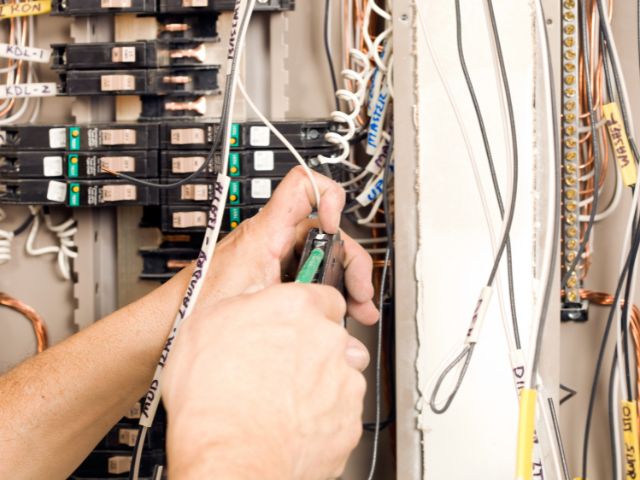
Your circuit breakers are designed to protect your home from unsafe electrical currents. However, if you’re resetting breakers more often than usual, this is a strong signal that power surges are happening frequently. A sudden increase in current, even if brief, can trip breakers and damage the breaker panel over time.
Professional Tip: A licensed electrician can assess whether the tripping is due to overload, a faulty breaker, or external power surge sources—and may recommend a circuit breaker repair to restore safe, reliable operation.
4. Burnt or Discolored Outlets and Switches
One of the most visible and dangerous signs of a power surge is a burn mark, discoloration, or a melted appearance around outlets or light switches. These signs indicate intense heat from repeated electrical surges, potentially leading to electrical fires.
Important Warning: Never use an outlet or switch that smells burnt or shows visual damage—call a professional immediately for inspection and repair.
5. Buzzing Sounds from Outlets or Panels
A low, persistent buzzing sound from your outlets, light switches, or breaker box should never be ignored. This noise often signals arcing, which happens when electricity jumps between loose or corroded connections—a major precursor to power surges and fires.
Don’t Wait: Buzzing sounds are rarely harmless. Prompt inspection can prevent more serious outcomes and ensure your home’s safety.
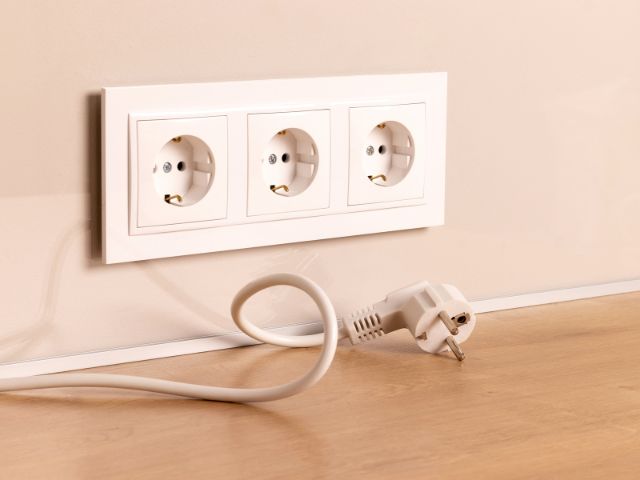
6. Overheating Devices or Outlets
If your phone charger, laptop, or any other plugged-in device feels unusually hot, or the outlet itself is warm to the touch, you could be dealing with repeated surges. Heat buildup is a warning that electrical components are being overwhelmed by voltage fluctuations.
Action Step: Unplug all devices from the affected outlet and have an electrician test the wiring. Persistent heat is never normal.
7. Unusual Electrical Odors
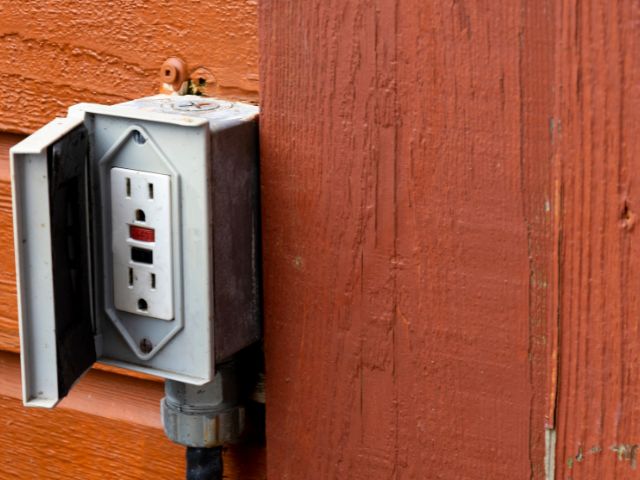
Strange smells—particularly a burning plastic or acrid odor—near outlets or electrical panels often stem from overheated wiring, a hallmark symptom of power surges. This is often accompanied by other symptoms like flickering lights or tripping breakers.
Caution: Turn off the power to the affected area and call an electrician immediately. Electrical fires can start quickly and silently.
8. Failure of Surge Protectors or Power Strips
If your surge protector is no longer working, and your devices still got fried, it’s a sign that the unit has absorbed one too many power surges and can no longer protect your electronics. Most people forget that surge protectors wear out and stop functioning long before they show physical signs of damage.
Replacement Rule: Surge protectors should be replaced every 2-3 years or after any major power outage or lightning strike near your area.
Causes of Frequent Power Surges
Understanding the underlying causes of power surges can help you prevent them:
- Faulty wiring within your home
- Outdated electrical systems that can’t handle modern load
- High-power appliances cycling on and off (e.g., refrigerators, AC units)
- Lightning strikes or weather-related disruptions
- Utility grid issues or transformer malfunctions
Protecting Your Home from Power Surges
Frequent power surges can destroy your electronics, damage your home’s wiring, and create dangerous fire hazards. Here are a few expert-recommended prevention tips:
- Install whole-home surge protection
- Use individual surge protectors for valuable electronics
- Avoid overloading circuits with too many devices
- Have a professional conduct a comprehensive electrical inspection
- Regularly maintain and replace old or faulty wiring
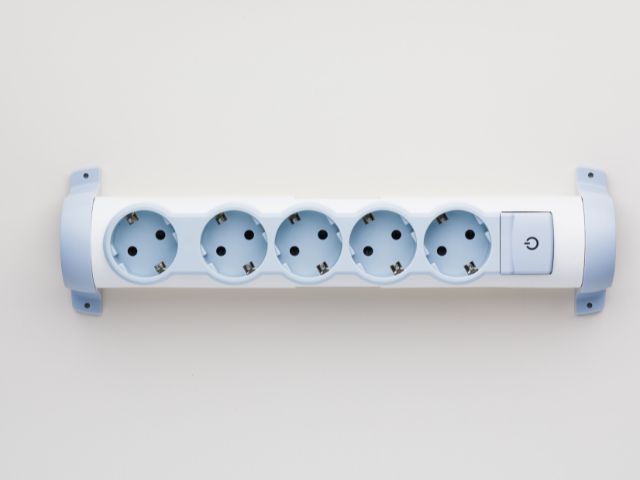
Why You Should Never Ignore These Warning Signs
Delaying attention to these signs doesn’t just cost you money in the long run—it can put lives at risk. With the increasing number of smart devices and energy demands in modern homes, surge protection and regular electrical maintenance are not optional luxuries but necessities.
Ignoring the symptoms of power surges can lead to:
- Fires from overheating wires
- Complete system failure
- Expensive appliance replacements
- Injury or even loss of life
Call the Experts at Electricians Service Team

Our licensed electricians specialize in surge diagnostics, wiring repairs, and protective system installations. We offer fast response, detailed inspections, and solutions that ensure your home is safe and surge-free. Don’t take chances with your electrical safety—we’re here to help 24/7.
Count on Electricians Service Teams for honest assessments and top-quality workmanship every time. Whether it’s a minor fix or a major upgrade, we’re committed to keeping your electrical system running smoothly.
FAQs
Power surges can result from lightning strikes, faulty wiring, or high-powered appliances cycling on and off. They may also be caused by issues with the utility company’s power grid.
Yes, repeated power surges can degrade the internal components of electronics and appliances over time. This can eventually lead to permanent failure or reduced performance.
If your devices are no longer protected during surges or if the surge protector’s indicator light is off, it may have failed. Surge protectors typically need replacing every 2–3 years or after a major surge.
Not always, but frequent flickering, especially when appliances turn on, is often linked to electrical instability. It’s best to have an electrician investigate the cause.
Absolutely—whole-home surge protection shields your entire electrical system from damaging voltage spikes. It’s a smart long-term investment in your home’s safety and equipment longevity.


